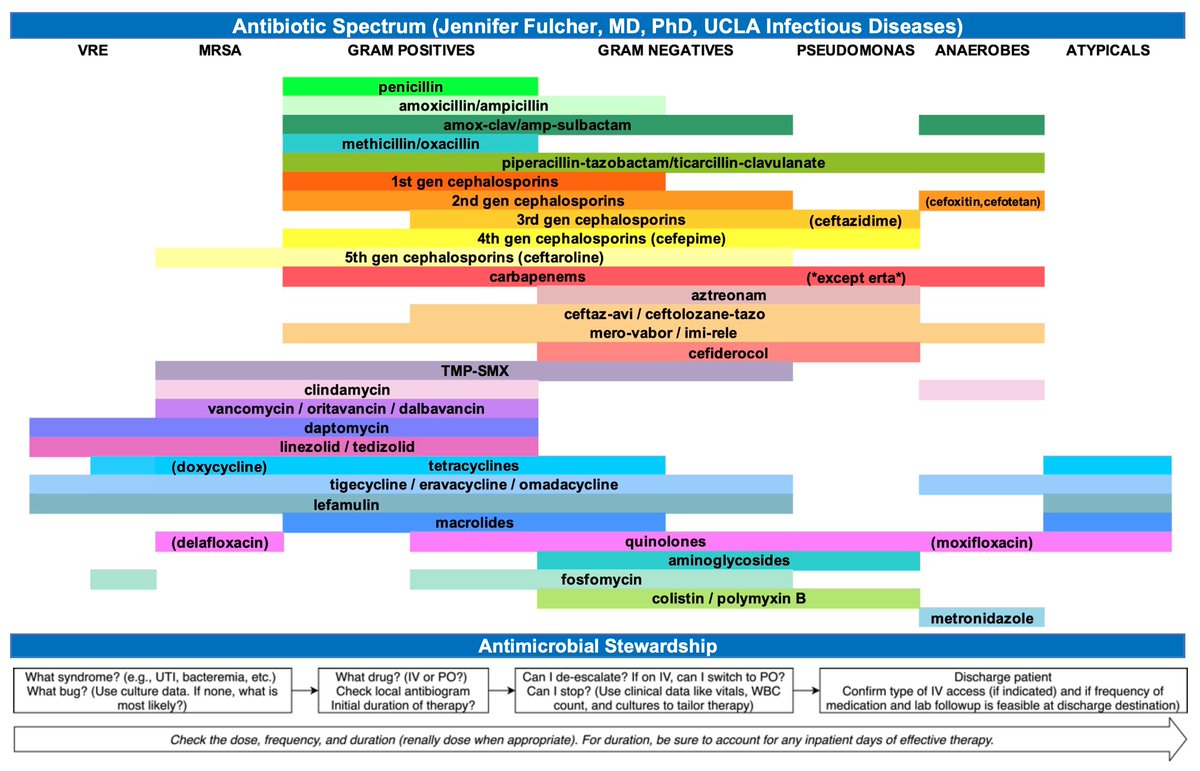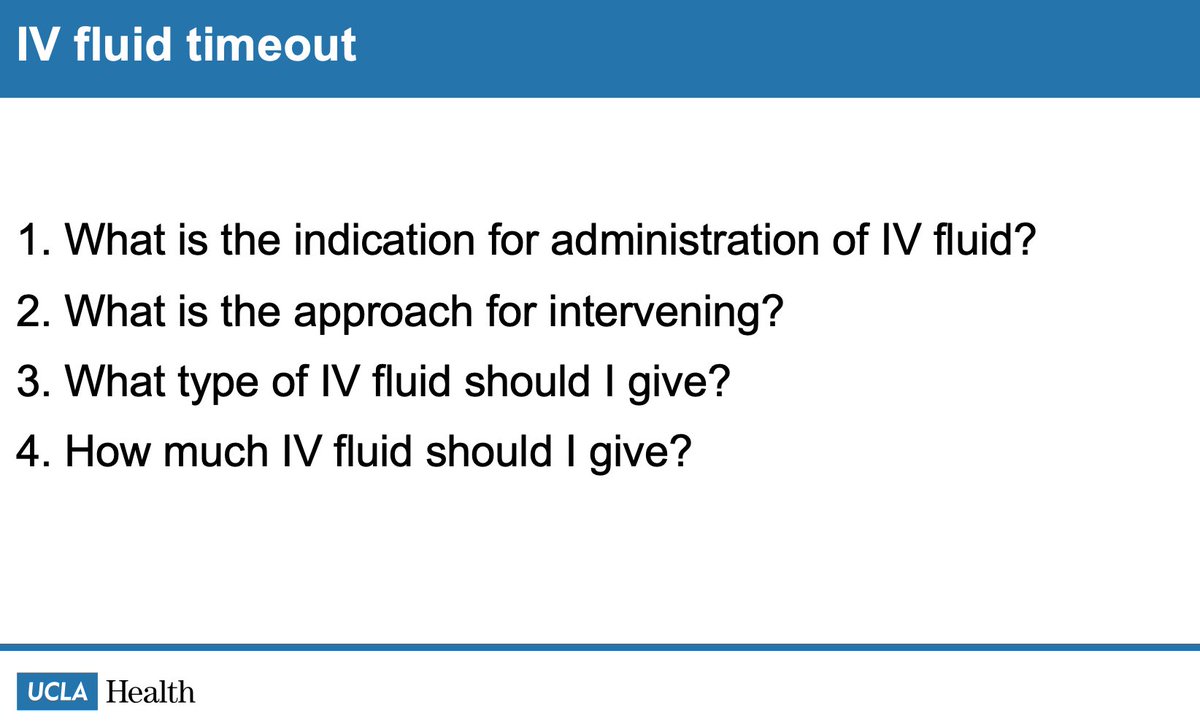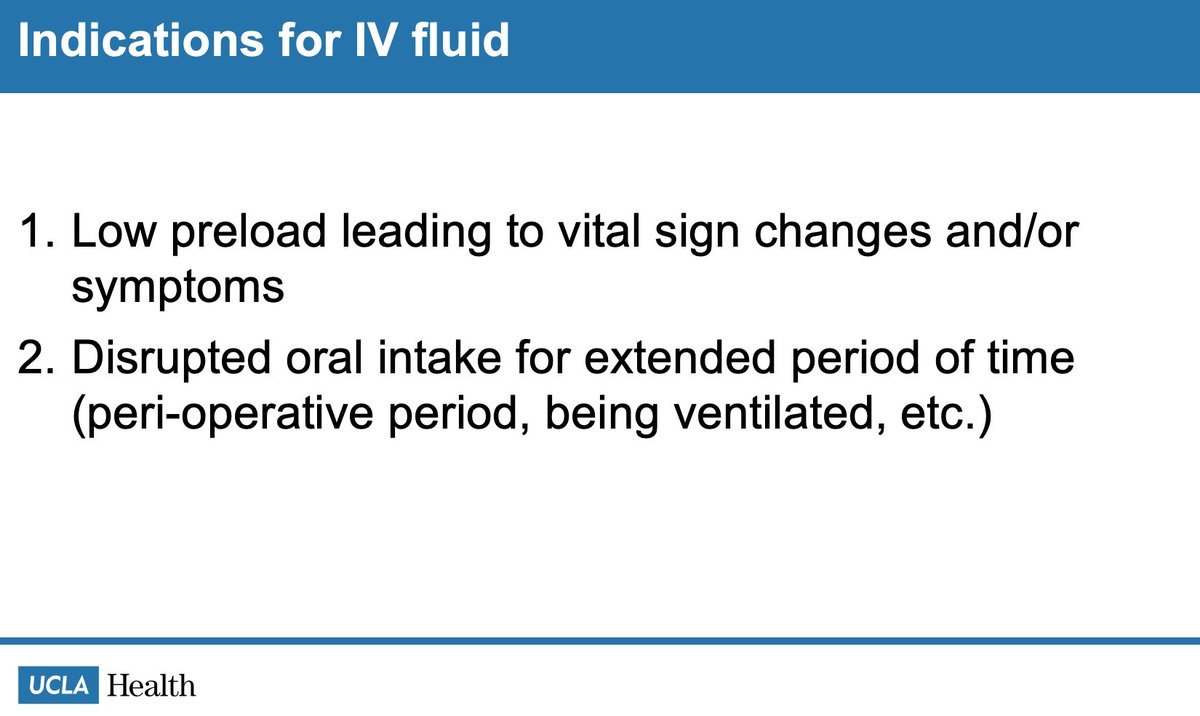
1/11 Congrats to those who matched! I tweeted about an inpatient pocket card set in 2020 and got great feedback. Here is the result of a big overhaul: bit.ly/pocketcardset
Let's review what's inside!
#MatchDay2021 #MedStudentTwitter #MedTwitter #TipsForNewDocs #FOAMed
Let's review what's inside!
#MatchDay2021 #MedStudentTwitter #MedTwitter #TipsForNewDocs #FOAMed
2/11 Many thanks to my colleagues @kelleychuang @FulchJen @SimonWuMD @TylerLarsenMD @MichaelAyoubMD @PamelaTsing for helping me create and refine this.
@dgsomucla @uclaimchiefs @UCLAAnes @michael_ong @DoctorNappyJ @LizzieAbyMD @ShreyaTrivediMD
@dgsomucla @uclaimchiefs @UCLAAnes @michael_ong @DoctorNappyJ @LizzieAbyMD @ShreyaTrivediMD
3/11 First up is a pre-rounding checklist. Be systematic and read all of the notes in your patient’s chart (interdisciplinary care is critical).
H/t @nickmmark for the idea to use a QR code to maintain an updated version! This QR code also has some additional resources.
H/t @nickmmark for the idea to use a QR code to maintain an updated version! This QR code also has some additional resources.

4/11 Next up is a daily checklist and disposition checklist. It is important to practice how you ask about code status. 

5/11 Next we have an anti-emetic guide (watch that QTc). A possible intervention not included in this table - alcohol swabs! bit.ly/2MEv8rk 

6/11 Next is a bowel regimen guide. Notice that docusate is not on here as it is a #TWDFNR. bit.ly/3r7dXgT 

7/11 Here is a pain management guide with equianalgesic dosing from the amazing book by @mlmcpherson (thanks to @ml_barnett for noting last year that there is no reason NSAIDs are “weaker” than opioids bit.ly/3qdF493) 

8/11 Next is an inpatient blood pressure guide. Pay attention to ICP, especially right after patients have strokes. Remember that we treat elevated SBPs more than we should (another #TWDFNR) but institutional policy will lag behind this. bit.ly/303033I 

10/11 Finally we have the incredible antibiotic spectrum chart from @FulchJen and antimicrobial stewardship from @SimonWuMD 

11/11 I hope that this set is helpful to many. Once again, here is the link to the entire set: bit.ly/pocketcardset.
If you had to choose one, how would you prefer to use this set when rotating on a service?
If you had to choose one, how would you prefer to use this set when rotating on a service?
• • •
Missing some Tweet in this thread? You can try to
force a refresh





